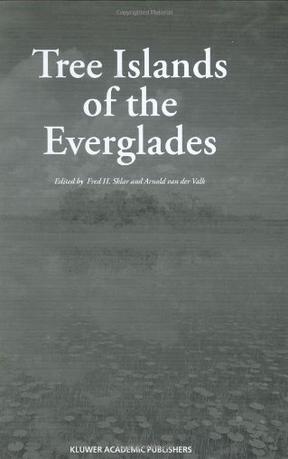Tree Islands of the Everglades brings together for the first time experts in anthropology, ecology, geology, paleontology, wildlife, and landscape modelling to review the state of our understanding of the small, forested islands that are a feature of most large wetlands. Although tree islands can be found in wetlands around the world, only in the Florida Everglades have their unique and complex origins, structure, and functions been investigated. Although these biodiversity hotspots are important to the survival of many plants and animals in the Everglades, most of them have been lost since the 1940s as a result of poor water management. Consequently, the restoration of tree islands will be a key performance measure for the success of the ongoing Comprehensive Everglades Restoration Plan. Tree Islands of the Everglades reviews the geologic origin of different kinds of tree islands and presents competing hypotheses about their subsequent development. It also describes their vegetation and factors controlling the composition of their vegetation, their fauna, their unique geochemistry, and their use by Native Americans. Throughout, the importance of recurring wet years (intensive flooding) and dry years (frequent fires) are emphasized for understanding changes in tree island flora and fauna. Although they have received very little attention tree islands in The Everglades and other comparable wetlands around the world are a key feature of these wetlands and understanding the status or health of tree islands is central to understanding their overall condition. This book will be of particular interest to ecologists, environmentalists, geologists and wildlife biologists with an interestin wetlands, especially wetland preservation and restoration.















































评价“Tree Islands of the Everglades”